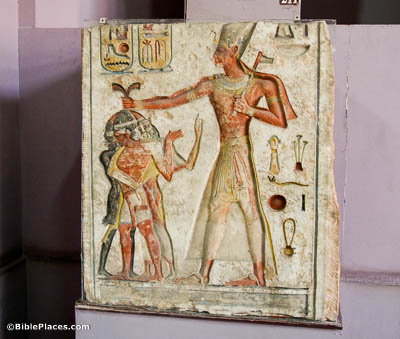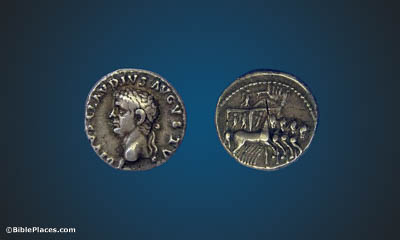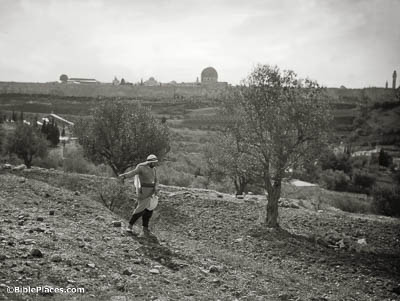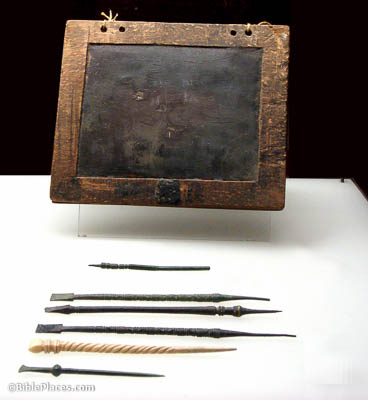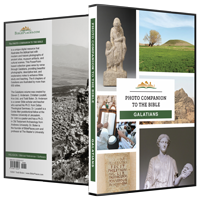Brothers, if anyone is caught in any wrongdoing . . . (Galatians 6:1)
To be “caught” refers to being detected or taken by surprise. Paul likely intends to distinguish this from willful sin (cf. Heb 10:26-31; 2 Pet 2:20). The relief shown in this photo depicts representative people groups who have been captured by the king of Egypt. Although the analogy is not perfect, the prisoners are clearly at the mercy of the king, similar to the status of the believer who sins and is found out by his believing brothers.
